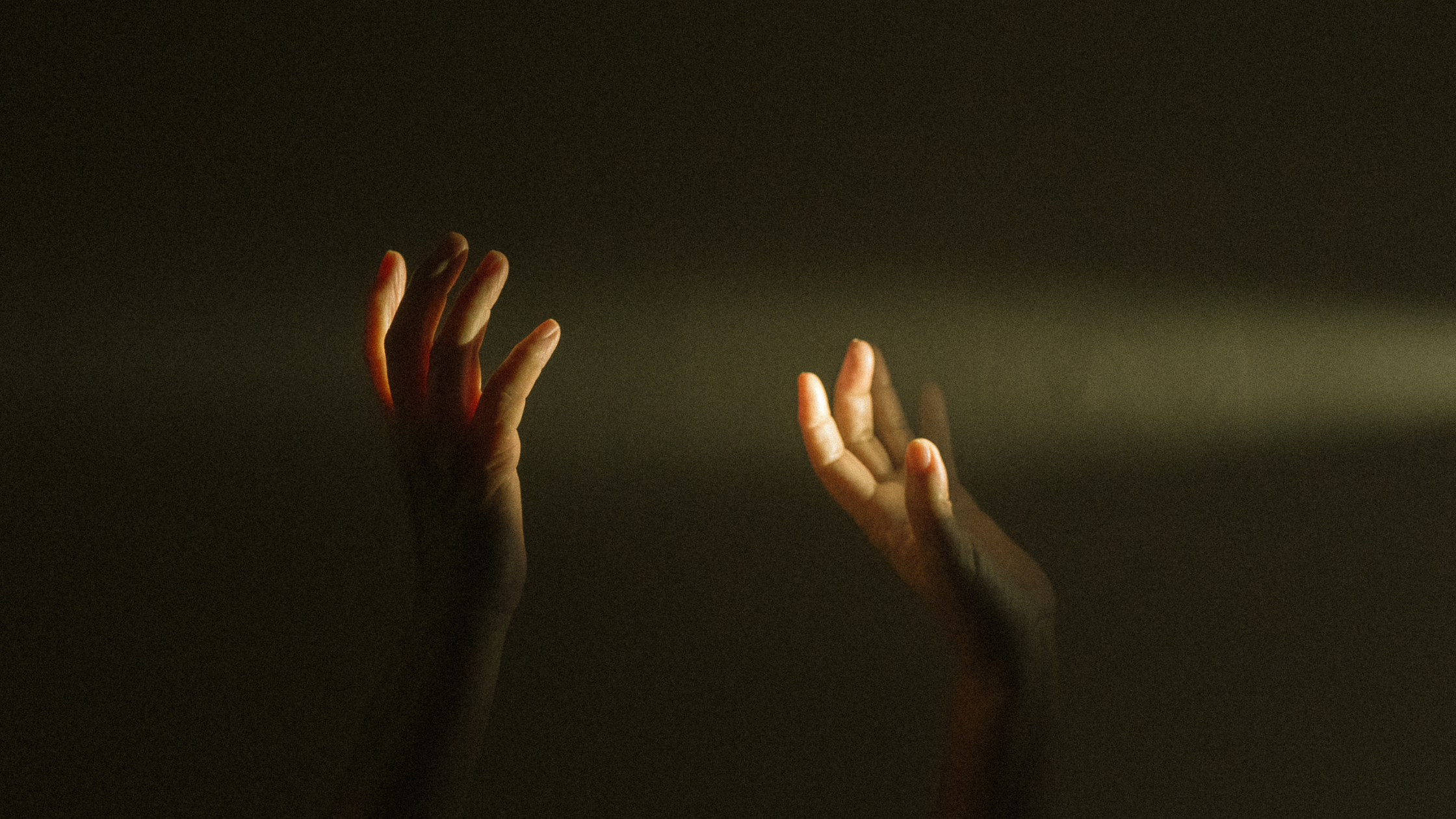As a psychotherapist, my work gives me insight on the attitudes people take when relating to the challenges and opportunities of their everyday lives. The view that we take when relating to our problems is just as essential if not more essential, then the problem itself. For instance, many people have a tendency to view the scenarios of their life as complex, dense, linear, large and looming. The scope of the problem takes on a life of its own, so much so that they are unable to envision the simplest, most straightforward solution. They become unable to shift challenges into opportunities. Even when options are presented to them, they’ll respond in the negative, which shows that the issue is not so much the logistics of the challenge but an underlying resistance to evolve, grow and expand.
As an example, one of my clients was in turmoil over which college program to choose. What became clear as we discussed her emotional relationship to the choice, was that she associated colleges with a fear of large institutions where she would feel insignificant and undervalued. By aggrandizing these organizations and building up the narrative she had around them, she was inadvertently creating new layers of complication around her decision and avoiding the emotional work of simply relating to her feelings of insecurity and intimidation.
By relating to problems in a linear, confined way, we rob ourselves of the opportunities for growth that allow us to mature and evolve as a human. This fixated, narrow thinking that takes over in times of stress does not allow us to relate to the larger problem at hand. In addition, we may miss out on the beauty and nuance of life’s opportunities and continue to make choices from fear. We perpetuate the cycle of close-minded, limited thinking.
When we become locked into the size and shape of an issue we are encountering, it can be difficult to shift our perspective. The problem gains momentum and we lose the capacity for imaginative problem solving. All of the play and curiosity is drained from our view and we become stuck in that dense, linear framework that makes it difficult to be flexible. Because you can only see those aspects of the issue that are relevant to your perception, you don’t have access to solutions that may lie outside your own linear vision.
If this is feeling too abstract, let’s try a visualization exercise design to help you see the limitations and possibilities of shifting your perspective:
Imagine yourself walking down a dark, narrow hallway. You are walking with your vision straight ahead. You do not observe any aspects of the walls around you. The hallway is a narrow and restricted lane that you are simply moving through without other options. There is only one, forward moving with no other alternatives.
Now, imagine entering the hallway and switching on the light. Instead of just walking to the end, stop for a moment and look at the pictures on the wall. Feel the space around you expand until your experience of the hallway is as spacious as you need. Notice doors and windows appearing on all sides. Really give yourself the time to observe everything in the hallway. Your direction becomes less of a forward motion as you allow yourself to be driven by curiosity.
Next, imagine this same expanded hallway, but as you walk, stop and look outside a window. Pull back the curtains and feel the light of the sun. When you encounter a door that looks interesting, open it up and peer into the room ahead of you. Choose a room and see where it leads you. Continue to explore until the original hallway is no longer your main point of orientation.
With this new perspective in place, return to the problem you are experiencing. Take time to notice the linear way you were seeing it before the visualization and approach it again with your new widened perspective. If you begin to experience self-doubt, do your best to release the sense of judgement and view the problem through a neutral lens. Allow your creative self to play with all the parts and bring inspiration into what you are seeing.
While we have been practicing gaining new perspectives in the context of problem-solving, this technique is applicable to every aspect of life. Try this practice with a mind towards your daily routine, your work or your social life. Is there a more creative, joyful way in which you could be living? Use these ideas to make your life more whole, to give it more depth and more feeling. Feel the power of a life enhanced with the insights of continually shifting perspective.




